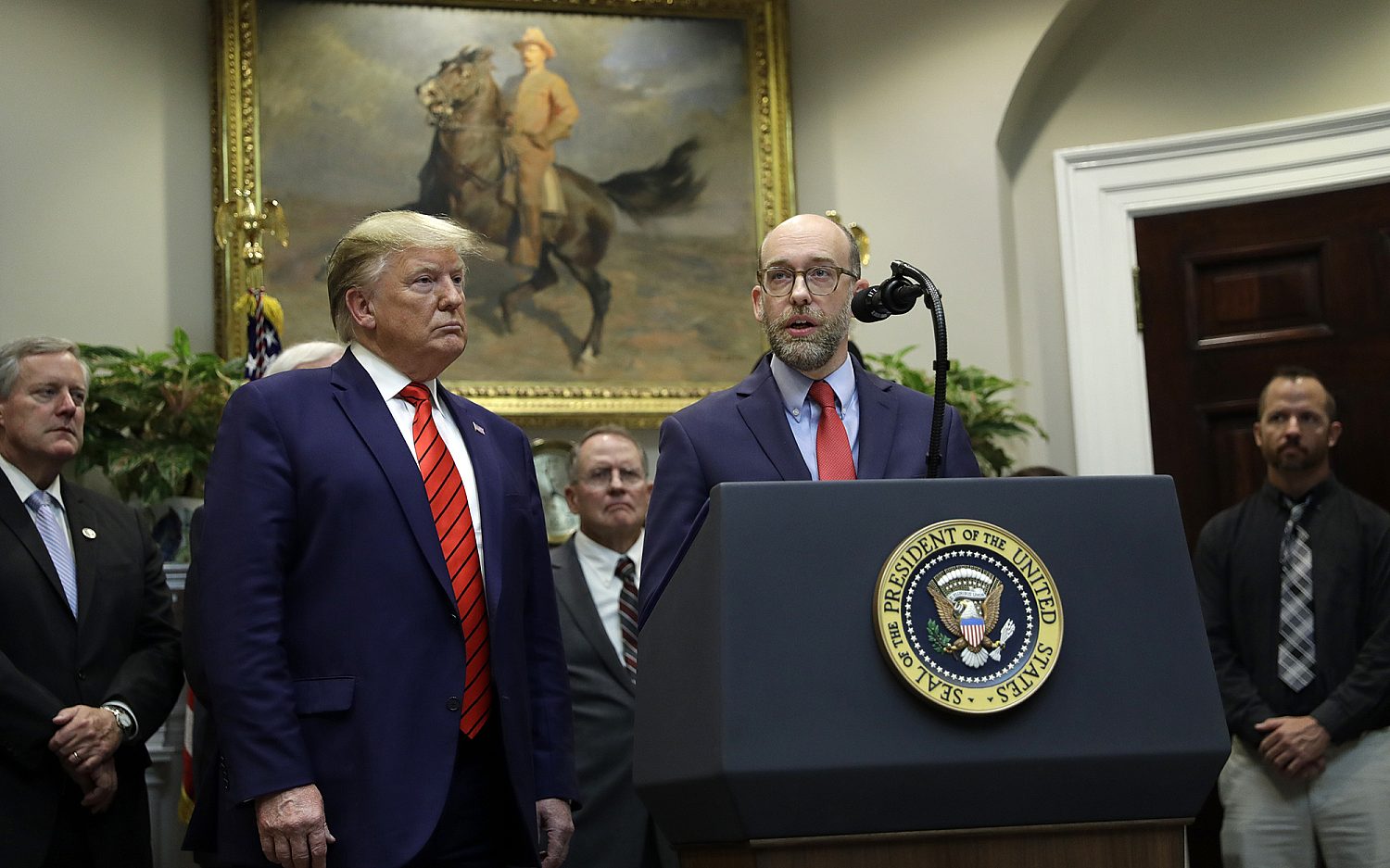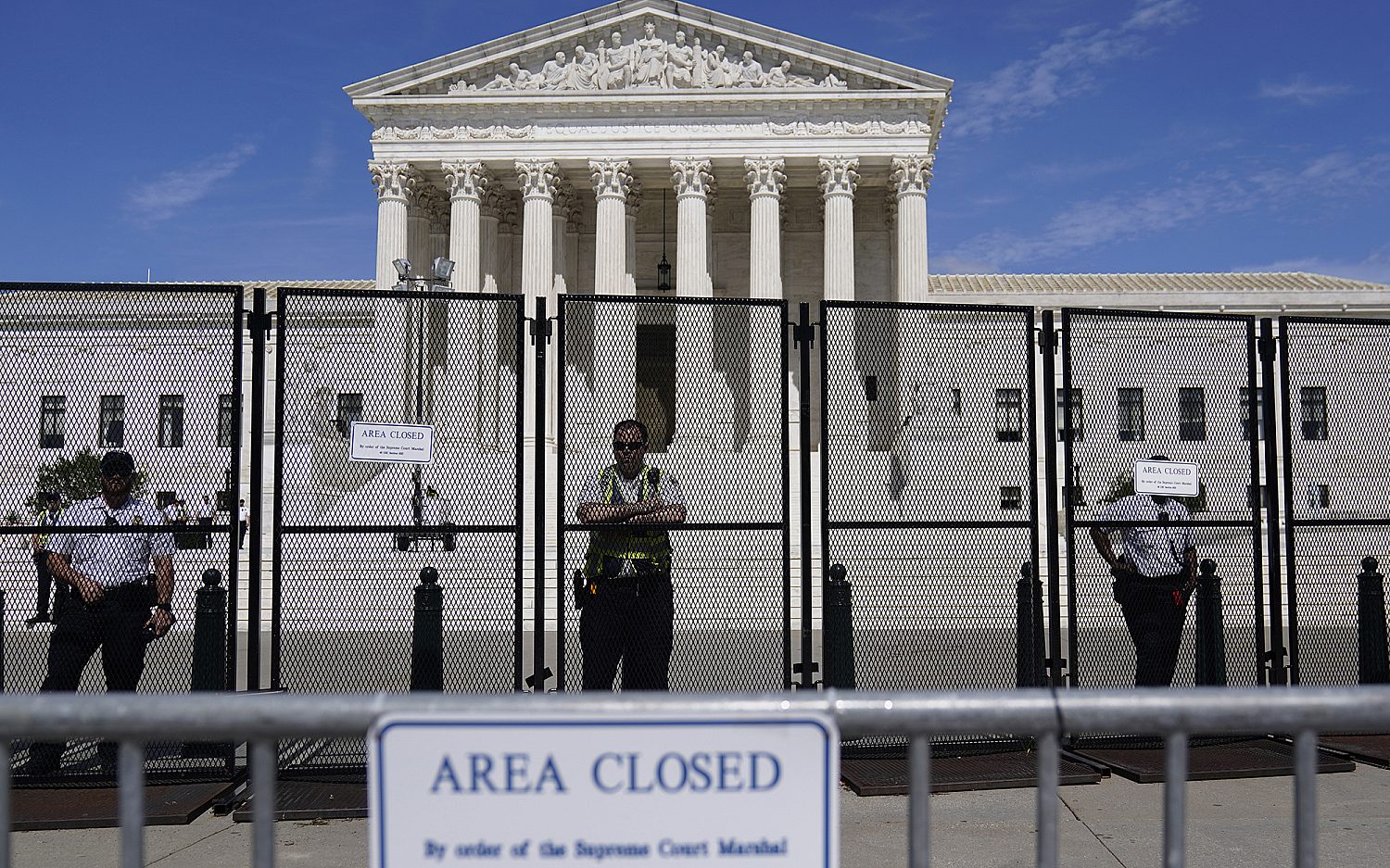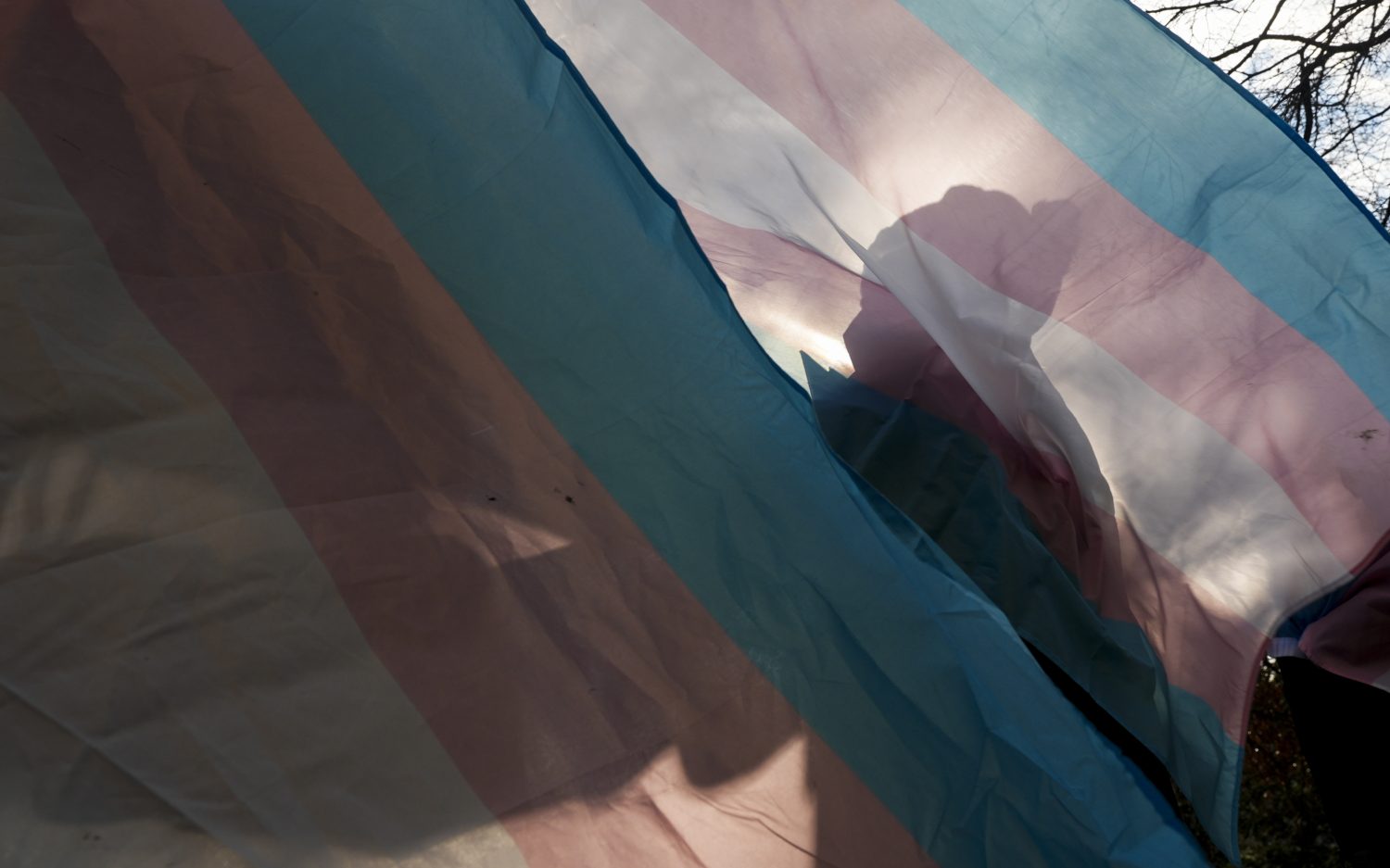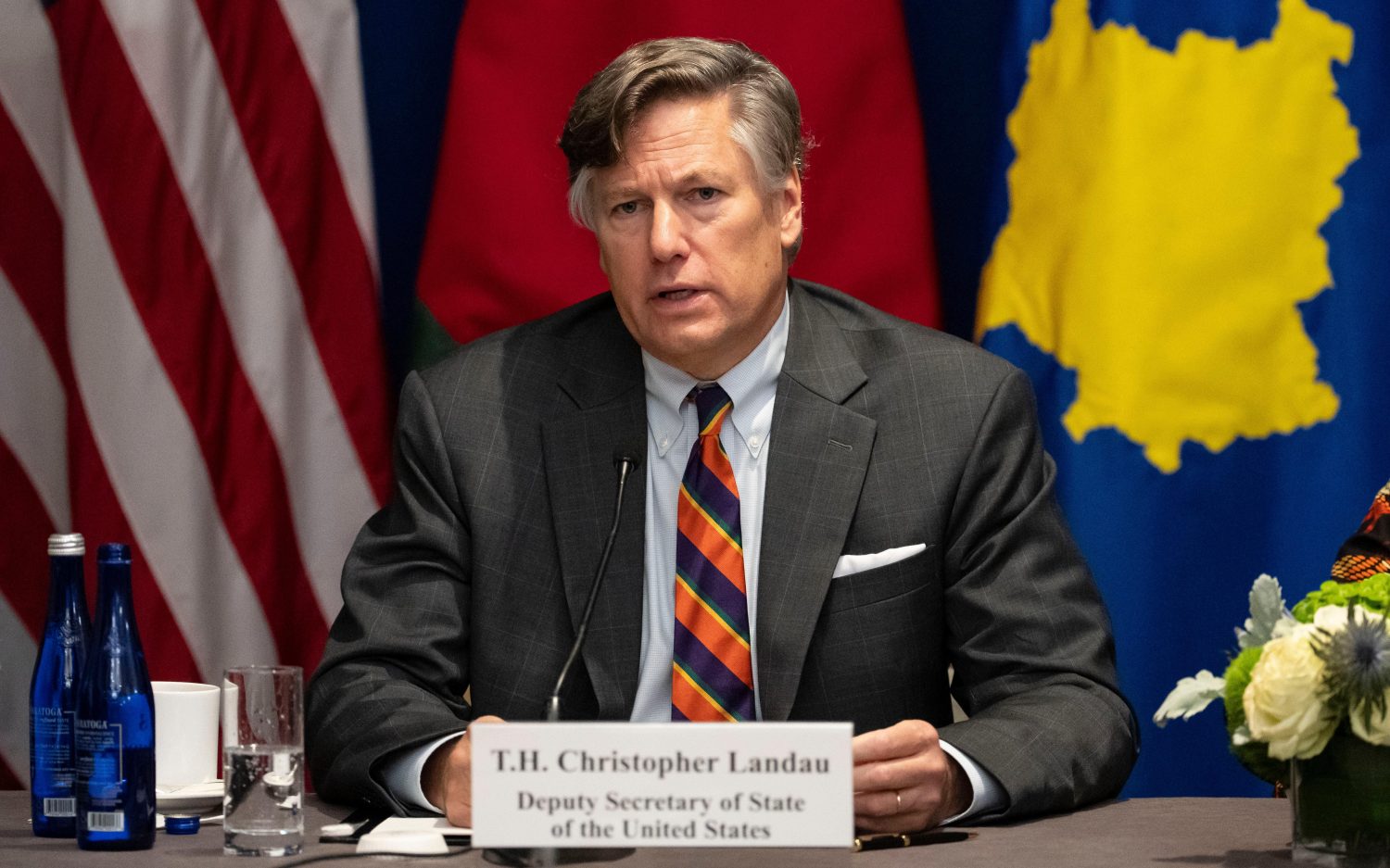Mayoral candidates crack the whip on New York's horse-drawn carriages
Visitors to New York City may no longer hear the jingling bells and clip-clopping hooves of horse-drawn carriages if stances taken in this year’s mayoral race are any indication. In an otherwise bitter race, Democrat Bill de Blasio and Republican Joe Lhota agree that the city’s iconic 155-year-old horse-drawn carriage industry must be stopped.
Animal activists have long contended that city streets are dangerous and unfit for horses. Ending the industry would require a city council vote, but the surprising backing from both leading mayoral candidates may give the issue traction. It is a marked shift from outgoing Mayor Michael Bloomberg’s consistent support of the carriage industry and its draw to tourists.
For de Blasio, who leads Lhota by 40 points in the polls, the issue is animal cruelty: “We are in the biggest, densest urban area in North America. It is not a place for horses. They are not meant to be in traffic jams.” Lhota believes that the “unfortunate” smell in and around Central Park is further reason to remove the iconic equines. Both candidates have suggested some sort of motorized replacement to ferry tourists on slow-speed jaunts around Central Park.
To the top-hatted carriage drivers who dispense lap blankets and folksy wisdom along their routes, the thought of a mechanized replacement carries about as much charm as a plastic flower. “People come for the clip-clop of a horse’s hooves,” said driver Christina Hansen. “Nobody wants to pet a fender.”
Like most matters in New York City politics, the issue is complicated. De Blasio’s strong stand flies in the face of his backing from the powerful Teamsters Union, which will fight to save the carriage drivers’ jobs. When confronted about the conflict during this week’s debates, de Blasio stood firm: “Yes, I received support from a union that feels the other way, but that doesn’t change my opinion one bit.”
New York’s Horse & Carriage Association says a ban on carriage horses would eliminate an estimated $15 million in annual revenue from its 200 operators, 68 carriages, and 210 horses. While animal activists call the industry outdated and decry the “nose-to-tailpipe existence” of the horses, defenders point out that the city tightly regulates the industry. Horses work no more than nine hours a day, are examined twice a year by a veterinarian, and spend at least five weeks on a farm each year. The two sides present widely varying figures on the number of horses involved in minor traffic mishaps, but only three have been killed over the last three decades.
For the drivers lined up every day on Central Park South across from the Plaza Hotel, what is really threatened is the romantic image of old New York, a glimpse of the days when horses and carriages were the city’s only transportation. Drivers talk of first dates, marriage proposals, and anniversary rides. “New York City needs this,” said 26-year veteran Sukru Hasan. “Tourists come and they’re so happy, they say, ‘This is wonderful’ and they call their family to say, ‘We’re here, we’re in Central Park in a carriage with a horse.’”
The Associated Press contributed to this report.
An actual newsletter worth subscribing to instead of just a collection of links. —Adam
Sign up to receive The Sift email newsletter each weekday morning for the latest headlines from WORLD’s breaking news team.




Please wait while we load the latest comments...
Comments
Please register, subscribe, or log in to comment on this article.